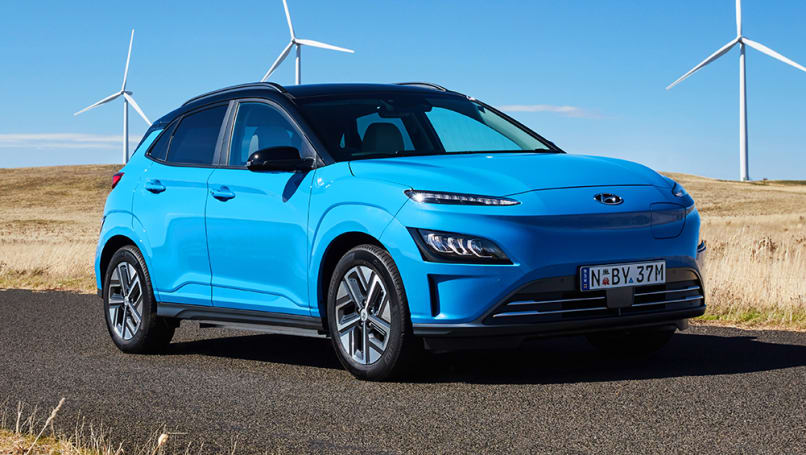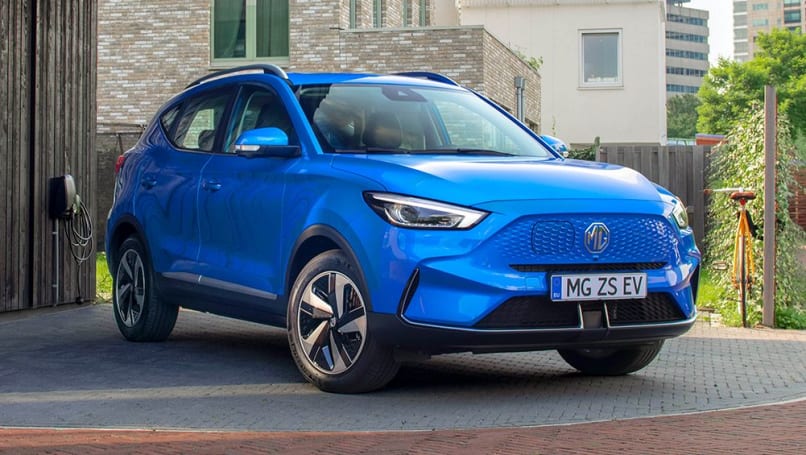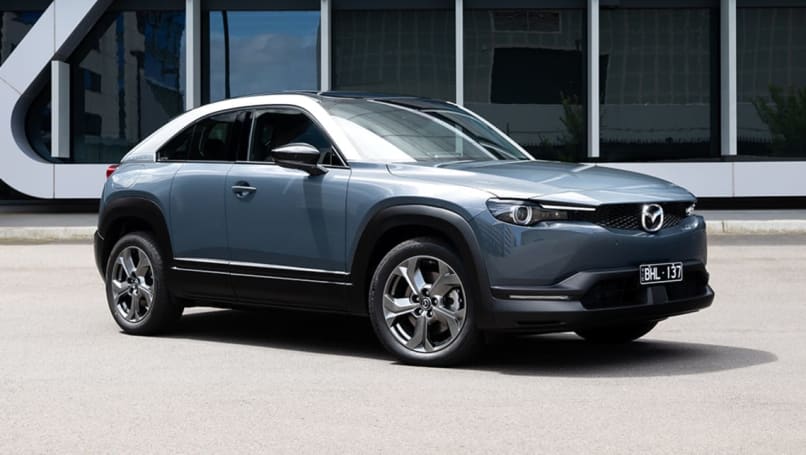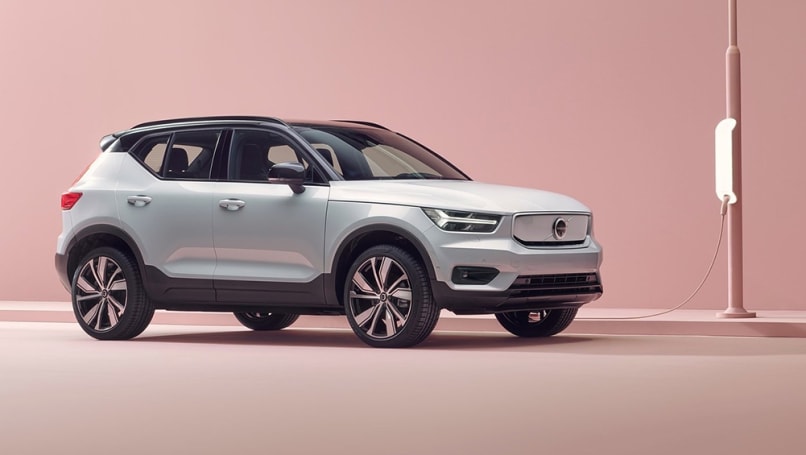Car Insurance Difference Between Sedan and Small Suv
What is the true cost of an electric vehicle (EV)?
A recent article in a major mainstream publication suggested the average price difference between an EV and a petrol- or diesel-powered equivalent is $40,000.
We'd dispute this assertion however, as comparing prices of EVs can often be tricky given electric variants are often fully loaded with equipment to also justify their higher pricetags.
Furthermore, many brands often market their EVs as a standalone model – such as the Audi e-tron or Hyundai Ioniq 5 – which are built on their own bespoke platforms and might be similar in size to other nameplates, but are ultimately vastly different.
This begs another question though, what is the real price difference is between an EV and an equivalent petrol model?
Fortunately, there are some examples out there of brand's that offer both an all-electric powertrain and petrol, or petrol-electric hybrid, choice under the same nameplate, making this comparison easier to understand.
Hyundai Kona

This is a straightforward comparison to start us off. Hyundai offers the Kona with either an electric motor or 2.0-litre petrol engine. It also offers both powertrains in a pair of matching specifications, Elite and Highlander.
The petrol-powered Konas are priced at $31,600 before on-road costs for the Elite and $38,000 for the Highlander, while the EV Elite starts at $62,000 and the EV Highlander at $66,000.
That makes for a $30,400 difference between the two Elite models but a slightly smaller $28,000 gap between Highlanders.
MG ZS

The previously mentioned ZS EV is the most affordable electric model currently available at $44,490 drive-away.
Its closest petrol model is the Essence grade, priced at $25,990. That makes for the smallest price difference between an EV and a petrol-powered model on our list at just $19,000.
Kia Niro

The South Korean brand introduced its first EV, the e-Niro compact SUV earlier this year. But it didn't stop there, offering the Niro with both a hybrid and plug-in hybrid (PHEV) powertrain as well.
We've chosen to compare the 'S' trim line of all three, with the S Hybrid priced from $39,990 before on-road costs, the S PHEV from $46,590 and the S Electric from $62,590.
That makes for a $22,600 gap between the full-electric and petrol-electric hybrid, and just $16,000 between EV and PHEV.
Mazda MX-30

Mazda is another relative newcomer to the electric party, introducing the MX-30 with either a mild-hybrid or full-electric powertrain.
The EV is only available in high-grade Astina specification, priced from $65,490, which compares to $40,990 for the hybrid Astina model.
That means a price difference of $24,500 between the two powertrains.
Volvo XC40

Last, but by no means least, on our list of EV comparisons is the Swedish compact SUV. It's available with either a 2.0-litre petrol engine, PHEV and EV under the bonnet, but none of the models line up on specification precisely.
The petrol-powered R-Design starts at $56,990, the plug-in hybrid at $66,990 and the Recharge Pure Electric at $76,990.
That makes for a relatively simple equation of a $20,000 difference between EV and petrol, and only $10,000 between EV and PHEV.
Judging by this line-up of models, we calculate the average price difference across all these variants is actually $21,312, well short of the reports of a $40,000 difference.
As this comparison demonstrates, while EVs are becoming more plentiful and in some regards more affordable, there's still a long way to go to get to price parity between a petrol-powered model and its battery-powered equal.
Car Insurance Difference Between Sedan and Small Suv
Source: https://www.carsguide.com.au/car-news/electric-car-price-comparison-what-is-the-real-difference-in-cost-between-the-hyundai-kona